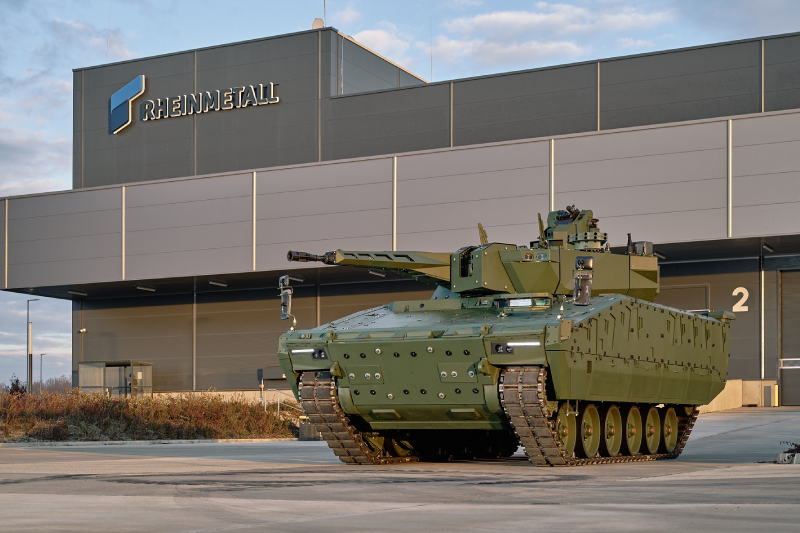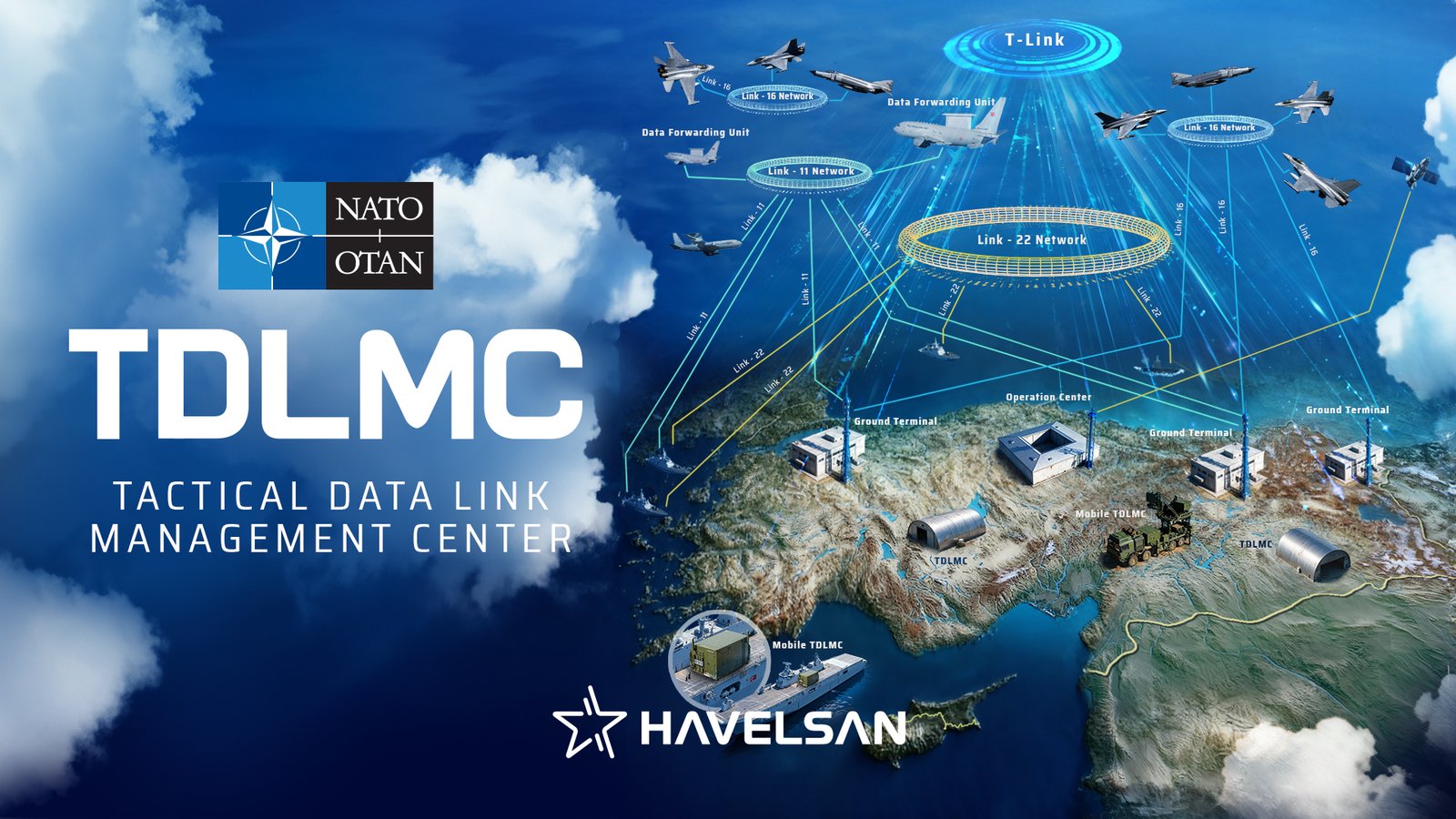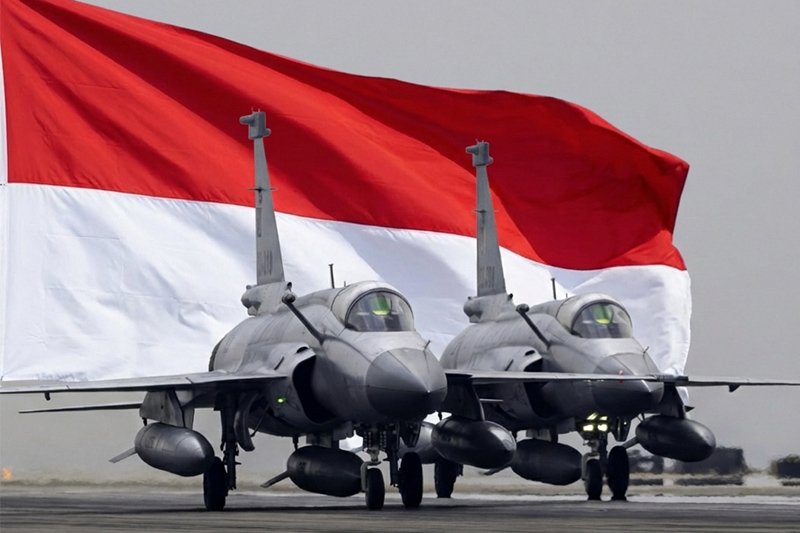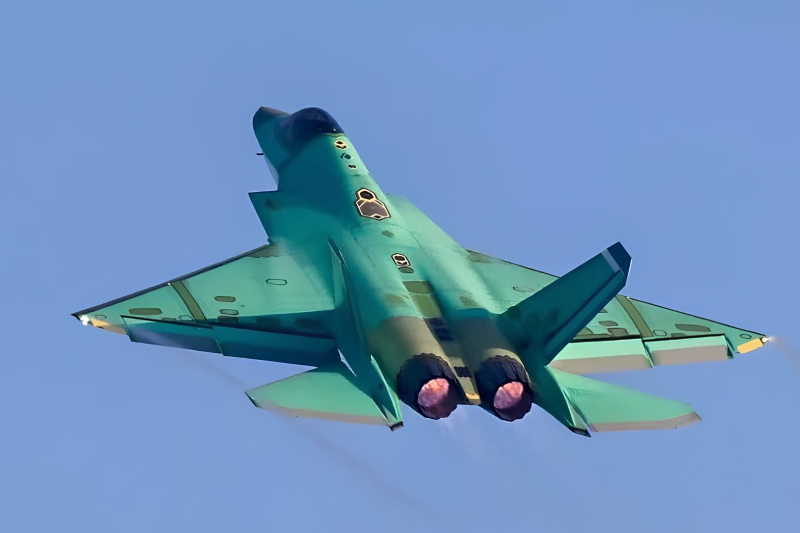Pentagon to Receive Lockheed F-35s After One-Year Hiatus
The U.S. Pentagon has made a significant decision to resume accepting deliveries of Lockheed Martin’s F-35 Lightning II fighter jets after a year-long pause. This decision marks a crucial development in one of the world’s most advanced and expensive military aircraft programs. The key to understanding this situation lies in the complex software update known as Technology Refresh 3 (TR-3) and the challenges it has presented.
The TR-3 Update and Its Importance
- Enhanced displays: Improving the pilot’s situational awareness and information processing.
- Increased computer memory: Allowing for more complex computations and data storage.
- Improved processing power: Enabling faster decision-making and system responsiveness.
These upgrades are not just incremental improvements. They are fundamental to the F-35’s future capabilities, particularly for the implementation of Block 4. Block 4 is a more comprehensive modernization effort that will significantly enhance the F-35’s combat capabilities, including the ability to carry more weapons and integrate new types of munitions.
Also read this: Switzerland to Assemble Four F-35s in Lockheed Deal
The Delivery Pause and Its Causes
The delivery pause began in July 2022 when the first F-35s intended to have TR-3 began rolling off the Lockheed Martin assembly line in Fort Worth, Texas. However, the Department of Defense refused to accept these aircraft due to several issues:
- Software Integration Challenges: Lockheed Martin encountered significant difficulties in integrating the new software components of TR-3.
- Hardware Delays: As mentioned by Lt. Gen. Mike Schmidt in December 2023, some critical hardware components were also delayed, further complicating the upgrade process.
- Functionality Concerns: The DoD was unwilling to accept aircraft that couldn’t perform all intended functions due to incomplete software.
The Truncated TR-3 Solution
As the pause dragged on and F-35s began accumulating at the Fort Worth facility, the F-35 program office began considering alternative solutions. This led to the concept of a “truncated” TR-3 software version. Key aspects of this solution include:
- Partial Functionality: The truncated version includes enough functionality to conduct necessary acceptance flights and basic operations.
- Limited Mission Capability: These jets will not be immediately capable of performing all combat missions.
- Training Focus: Initially, the delivered aircraft will primarily be used for training flights until full capability is achieved.
The Decision-Making Process
The decision to accept F-35s with the truncated TR-3 software was not taken lightly. Lt. Gen. Mike Schmidt, the F-35 program executive officer, approved this plan on July 3, 2023, after extensive consultations with:
- Military services
- Pilots
- Maintainers
- Industry experts
- The F-35 executive steering board
Implications and Future Outlook
- Delivery Timeline: While the Joint Program Office stated that deliveries will resume “in the near future,” Air Combat Command chief Gen. Kenneth Wilsbach suggested they could start as soon as July 2023.
- Operational Limitations: Lockheed Martin CEO Jim Taiclet has indicated that these jets, even after delivery, will not be able to fly combat missions until 2025. This creates a situation where the military will have new aircraft but with limited operational capabilities.
- Training Opportunities: The interim period will be used for training, allowing pilots and maintenance crews to familiarize themselves with the new hardware, even if the full software capabilities are not yet available.
- Continued Development: Work on the full TR-3 software package will continue, with the goal of upgrading these aircraft to full capability by 2025.
- Program Credibility: This compromise solution helps maintain the momentum of the F-35 program, which has faced various challenges and criticisms over the years.
The Pentagon’s decision to accept F-35s with a truncated version of the TR-3 software represents a pragmatic approach to a complex technological challenge. It balances the need to maintain the production and delivery schedule with the reality of software development difficulties. While this solution allows for the resumption of deliveries, it also highlights the ongoing challenges in developing and integrating advanced military technology.
Keep connected with us at Facebook, Twitter, YouTube, Instagram & TikTok for latest defense happening around the globe.
Discover more from International Defence Analysis
Subscribe to get the latest posts sent to your email.












